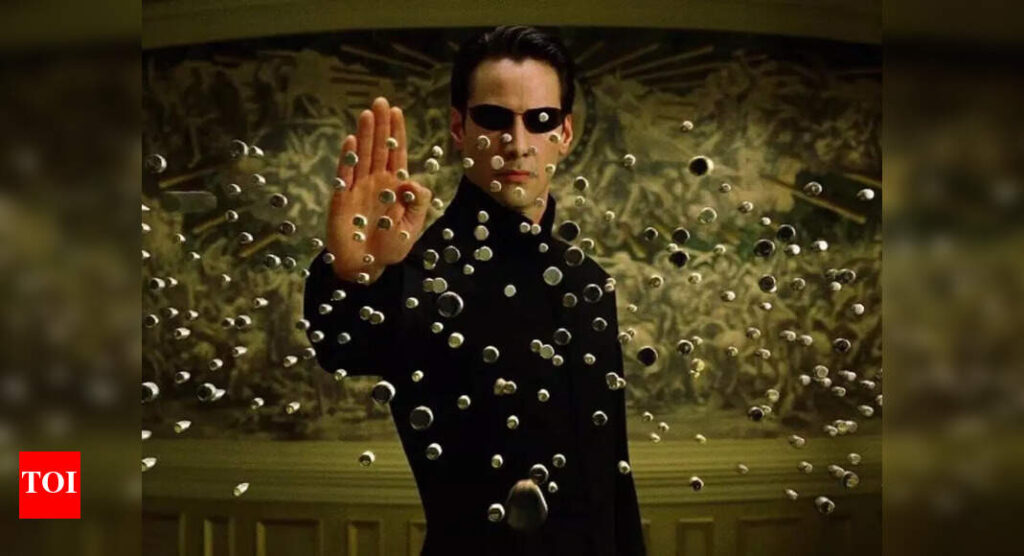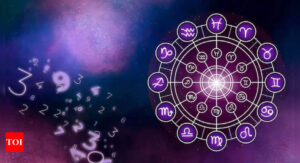‘Inspired’ by mouse watching clips from ‘The Matrix’, scientists create largest functional map of a brain

Thanks to a mouse watching clips from ‘The Matrix’, scientists have unveiled the most detailed functional brain map ever, charting connections between 84,000 neurons across 500 million synapses, according to a study published Wednesday in Nature. Using a poppy-seed-sized piece of the mouse’s brain, researchers traced how neurons communicated through intricate, branch-like fibers, creating a vibrant 3D reconstruction of the neural circuitry. The dataset, now publicly available, offers scientists worldwide a tool to explore brain function and invites curious minds to peek into its complexity.
“It definitely inspires a sense of awe, just like looking at pictures of the galaxies,” Forrest Collman of the Allen Institute for Brain Science in Seattle told The Associated Press. “You get a sense of how complicated you are. We’re looking at one tiny part … of a mouse’s brain and the beauty and complexity that you can see in these actual neurons and the hundreds of millions of connections between them.”
The project, involving over 150 researchers globally, focused on the mouse’s visual cortex. At Baylor College of Medicine, scientists showed a genetically engineered mouse—its neurons glowing when active—video snippets of sci-fi films, sports, animations, and nature. A laser-powered microscope captured how cells lit up as the mouse processed the images, the AP reported.
At the Allen Institute, that brain fragment was sliced into over 25,000 ultra-thin layers and imaged with electron microscopes, producing nearly 100 million high-resolution pictures. Princeton University researchers then used AI to trace the neural connections, with Collman explaining to the AP that they “paint each of the individual wires a different color so that we can identify them individually.”
The mapped wiring, stretching over three miles if laid end-to-end, revealed how visual information flows through the brain. “You can make a thousand hypotheses about how brain cells might do their job but you can’t test those hypotheses unless you know … how are those cells wired together,” Allen Institute scientist Clay Reid told the AP.
The study’s implications are vast. Researchers likened it to the Human Genome Project, a foundational step toward future treatments. “The technologies developed by this project will give us our first chance to really identify some kind of abnormal pattern of connectivity that gives rise to a disorder,” Princeton neuroscientist Sebastian Seung said in a statement to the AP.
Harvard neuroscientists Mariela Petkova and Gregor Schuhknecht, unaffiliated with the study, praised it to the AP, saying the work “marks a major leap forwards and offers an invaluable community resource for future discoveries” in understanding cognition and behavior.
Funded by the NIH’s BRAIN Initiative and IARPA, the MICrONS consortium aims next to map an entire mouse brain, a step toward unraveling disorders like Alzheimer’s or autism, the AP noted. For now, this neural map—born from a mouse and a movie—stands as a monumental leap in decoding the brain’s mysteries.







